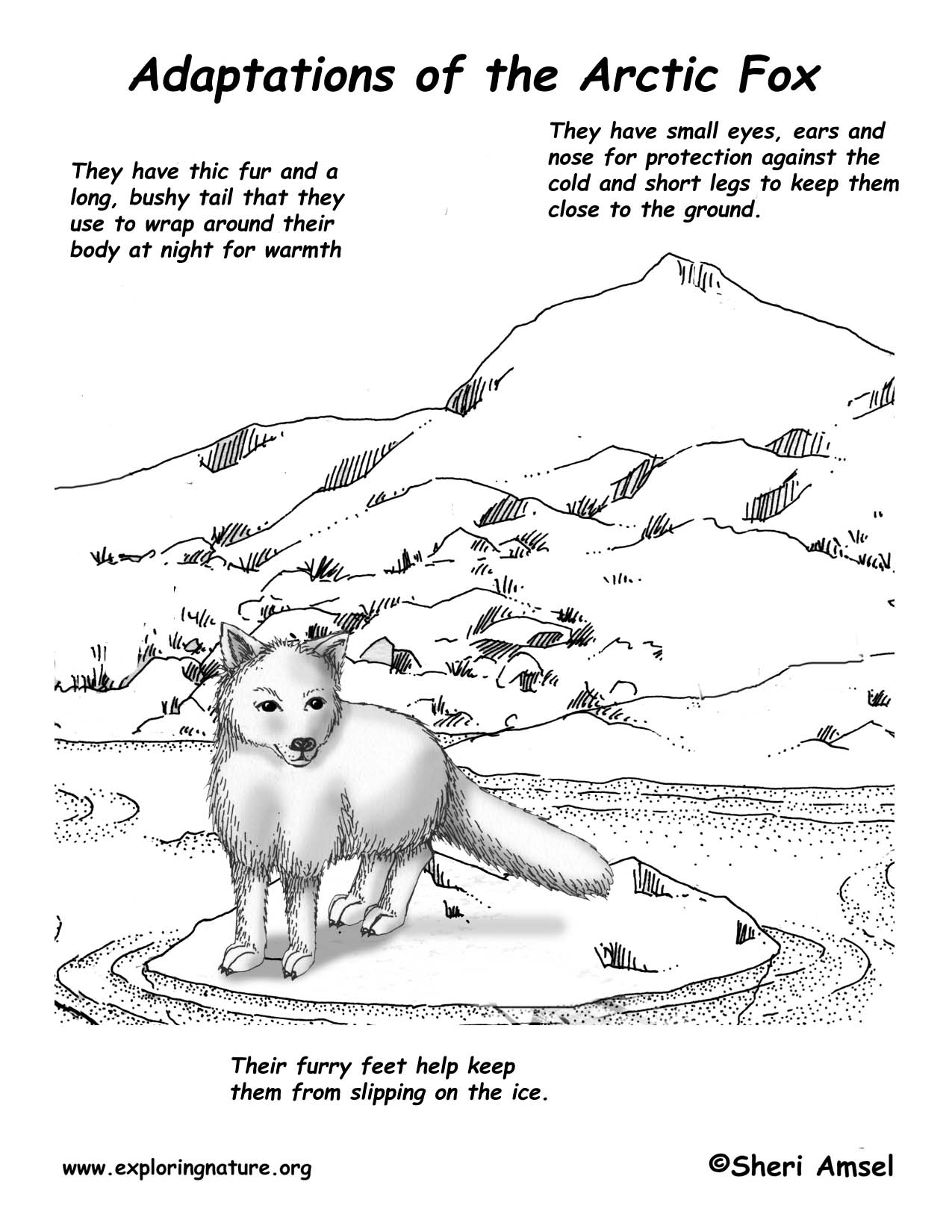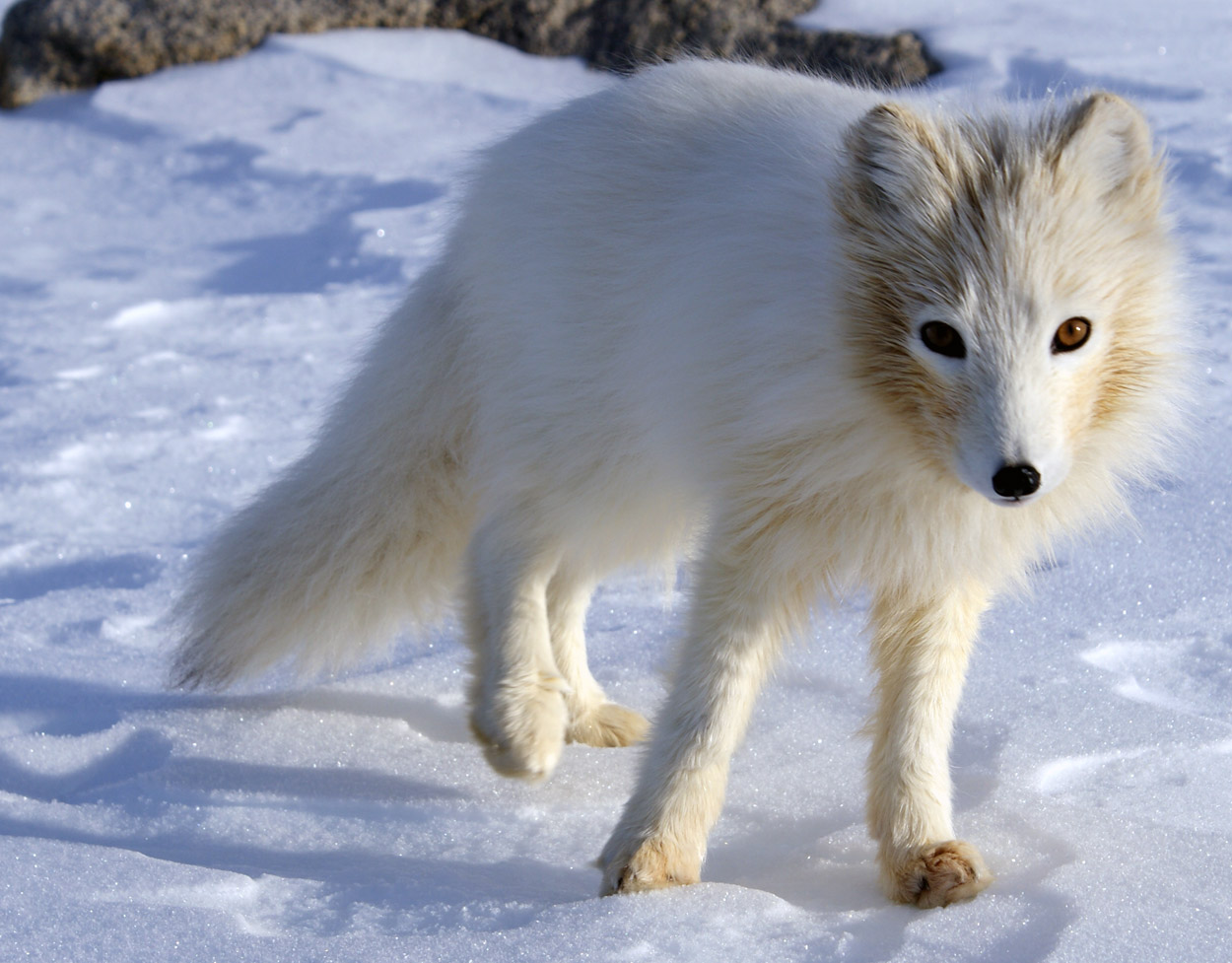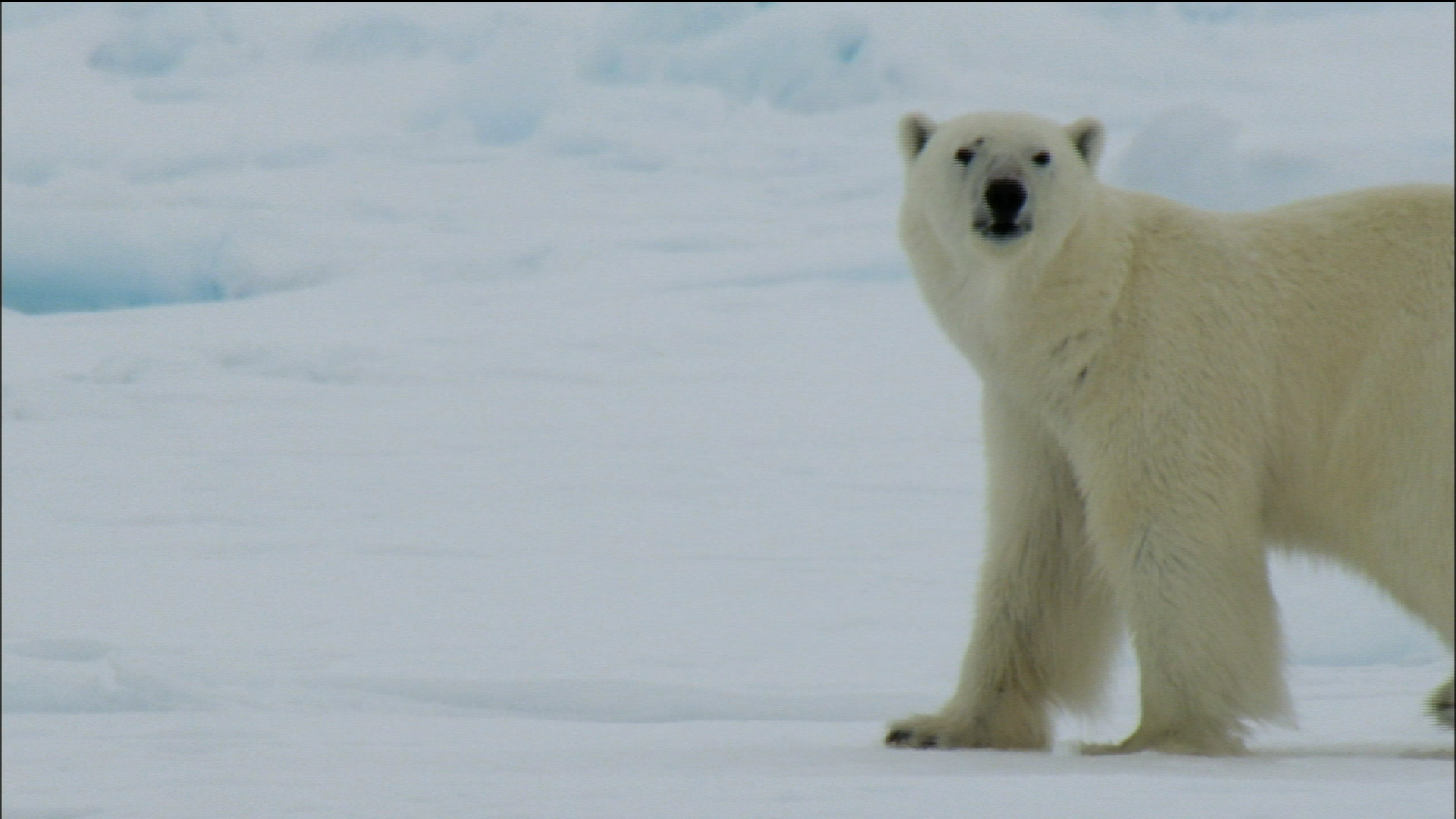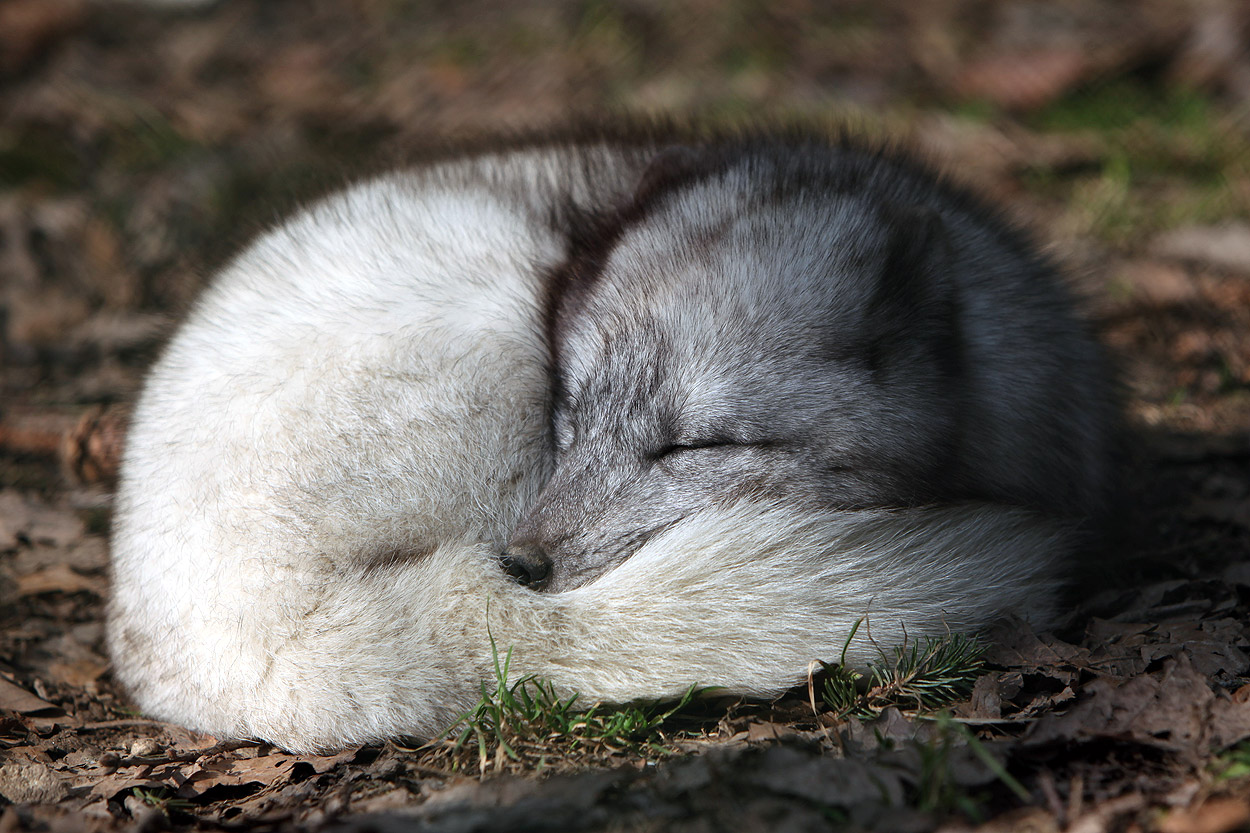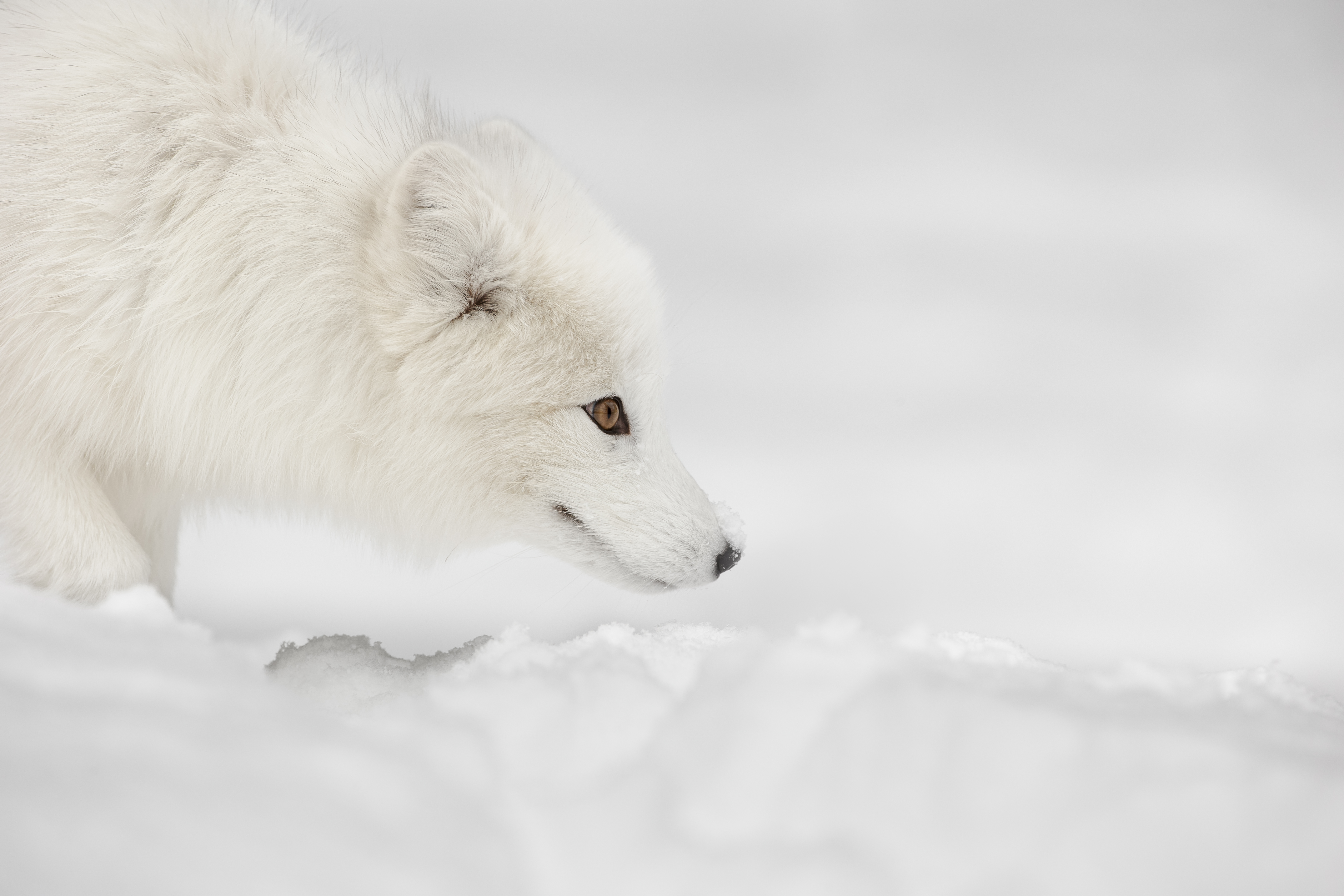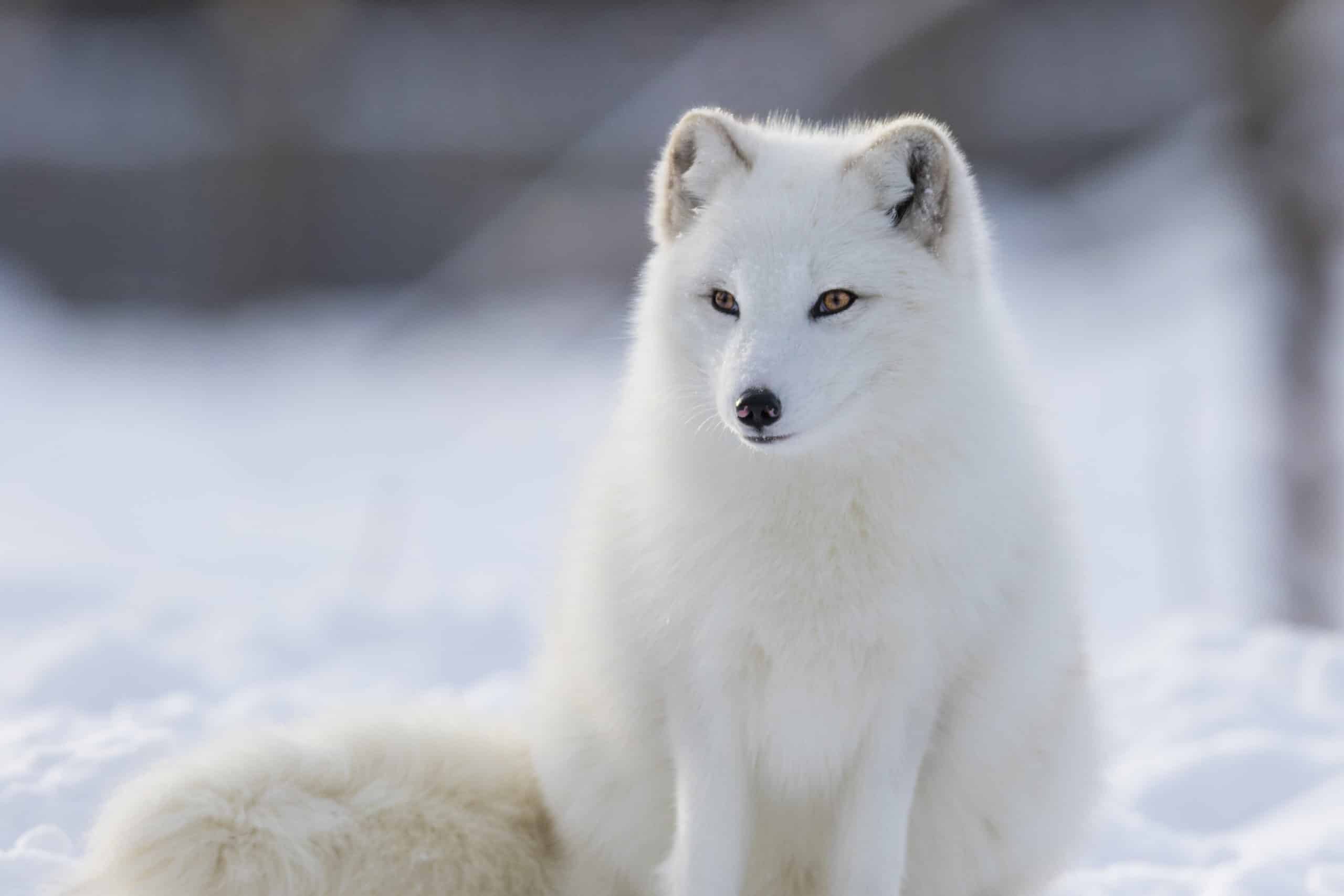Arctic Animals Adaptations Ks2

Adaptations of animals living in the Arctic.
Arctic animals adaptations ks2. During this time the ocean is full of tiny plants and animals called plankton. The lump is transformed into the furry white body of a lone arctic fox. Variety of Animal Adaptations Activities by As a Third Grade 7.
The Arctic is a hostile environment yet the species on this Arctic animals list are able to live either on the frozen tundra or in the icy waters that surround the North Pole. Using our accompanying National Geographic Kids lesson plan pupils will learn about how the animals and people that are found in the Arctic have adapted to survive in the environment. Polar bears live in a very cold habitat.
Have students use the national geographic animals website and library resources. A substantial blubber layer lies under the skin acting as insulation so allowing the seals to swim indefinitely in frigid Antarctic waters down to -2C. I have also included a polar code work starter.
The average head and body length of a male is 22 inches while a female is usually about 20 inches long. They are related to other foxes wolves and dogs. Bird Beak Adaptation Activity by Elementary Shenanigans 5.
The canine casually shakes the blanket of snow off her thick coatthe key to her survival. Distribute the worksheet Arctic Animal Adaptations. The sky is mostly cloudy over the arctic ocean.
Ask them to research a specific Arctic animal native to the Beaufort Sea and surrounding arctic regions and the ways in which the animal has adapted. Habitats and the environment. Doc 43 KB.
